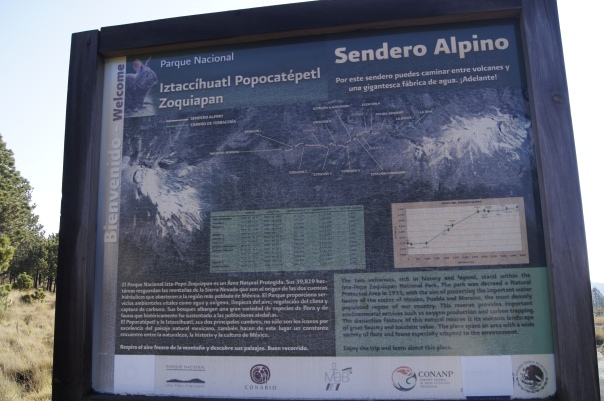- The first Book Fair in Zipolite will be held on August 31 and September 1 at the beach destination
- It is intended to infect new readers and demonstrate that Zipolite is a cultural destination and not just a nudist
Patricia Pacheco

Zipolite will host the first Independent Book Fair.
SAN PEDRO POCHUTLA. - To demonstrate that Zipolite is a cultural destination and not only a nudist, and spread the pleasure for literature through artistic, recreational and entertainment activities, on August 31 and September 1 will take place in this Beach destination the first Independent Book Fair Zipolite 2019.
Carrying as one motto one of the most emblematic phrases of the universal literature extracted from the book The Little Prince, by Antoine de Saint-Exupéry: “The essential is invisible to the eyes”, the fair is promoted by the cultural organization Calavera Social Club and auxiliary authorities headed by the agent Antonio García Martínez, and it will present activities such as chess exhibition, painting workshop, sings local authors and talks to encourage literature.
Workshops, books and presentation of artists

For two days, new and experienced readers will be able to participate in workshops, presentations of singers and poets, cinema and reading activities.
For two days the residents of the Coast and visitors will also be able to contemplate folk dances, cinema in the library, literary workshops, sale of handicrafts, as well as acquire new or used books with the possibility of bartering.
“We want people to approach Zipolite and realize that we are also a reading people. We started looking for friends who have carried out activities of this type and there was an echo, so several artists and cultural promoters from Oaxaca joined, ”said Fernando Saynes, organizer along with Mario Julio Rodríguez Pérez de la Feria.
Saynes, who promotes reading for months in communities of Pochutla through the Bicitarte project, stressed that the Independent Book Fair takes as inspiration and is part of the 76th anniversary of the printing of The Little Prince, an icon of literature which has formed generations of readers.
“People are interested in literature”: organizers
Given the bleak panorama that has prevailed in terms of animation for reading in much of the Coast, the lack of libraries with a vigorous collection and the approach to the various literary genres, Saynes suggests that contrary to what one would think, people She is hungry for stories that reflect them and make them imagine the worlds that literature offers, but, she acknowledges, local authorities need to promote policies in favor of reading.
The Independent Book Fair in Zipolite then seeks to be a real approach to reading, show the richness and unequaled adventure that is to take a book - or even read it online - to delve into unimaginable passages that make readers better beings Humans and more sensitive people.
More activities to bring literature closer

Robust libraries and libraries are needed for readers, organizers point out.
The promoter points out that this is only a first activity that the Calavera Social Club collective will carry out for the reading promotion, and arises from the society so that the authorities warn that the work is joint and permanent, and demonstrate that networks and projects can be generated reading from the communities and from there, putting together public policies that enlarge and shape the interest in culture.
It should be noted that the police agency will support the activities and the invited artists and workshops with lodging, meals, payment to some exponents, as well as being attentive to the logistics requirements and being aware of the visitors' safety.
The Independent Book Fair will be held in the central square of Zipolite and most of the activities will be free or have a symbolic recovery cost. There will be booksellers of the entity but there is the possibility of exchange or barter, for example by fish or other local products.











